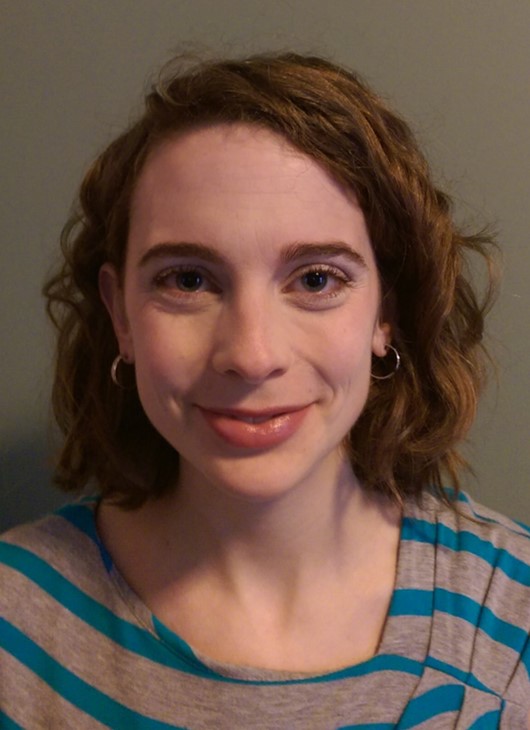Creating Open Questions
by Melissa Braaten
“Open questions” are getting a lot of attention these days in math education, and for good reason. Unlike more traditional “closed” questions, which have one right answer, open questions allow for many possible correct answers, and/or many possible ways of approaching the problem. Open questions often invite deeper mathematical reasoning than closed questions, more closely replicate how the math is used in real life, and can be an excellent strategy for differentiating instruction in an adult education classroom.
Let’s look at a few common types of open questions.
Type 1: Create a mathematical argument
Example:
Which of the following decimals is different from the others and why?
.30 .21 .67 .05
When I presented this to my students, they came up with a variety of ways to argue that one of the decimals didn’t fit:
.30 doesn’t fit because it is the only number without hundredths
.67 doesn’t fit because it is the only number greater than one-half.
.05 doesn’t fit because it is the only number with no tenths.
.05 doesn’t fit because it is the only number with a placeholder zero.
There are probably others. This activity provided some great review for my students to consider different fraction and decimal concepts they had learned, and gave them an opportunity to argue a mathematical point.
Type 2: Planning with parameters
Example:
Alexis spends 32 hours a week at work, 4 hours at the gym, and 6.5 at her volunteer placement. Create a possible 1-week schedule for Alexis.
These types of open questions do a great job of replicating real life applications of mathematics, because adults frequently encounter situations in which they have to create some sort of plan (a budget, a schedule, a nutritional plan, an exercise routine, a floor plan, etc.) within certain parameters. There are many possible ways to satisfy the requirement, but they require mathematical reasoning and critical thinking because not all plans will work, and some will be more realistic than others.
Type 3: Two (or more) missing variables
This type is easy to create from textbook style word problems by removing a piece of information.
For example, a traditional style word problem about ratios might be as follows:
Bread is on sale, 4 loaves for $8. How much would it cost to buy 7 loaves?
To open it up, you can remove one of the numbers given, and insert blanks for all the missing quantities.
Examples:
Bread is on sale, 4 loaves for $8. You can buy _______ loaves for ________.
or
Bread is on sale, 4 loaves for ________. You can buy 7 loaves for ________.
or
Bread is on sale, ________ loaves for $8. You can buy 7 loaves for _________.
Now there are two variables, so the students have to find a pair of numbers that work. (If a whole class does this, you can put the pairs in a chart, and suddenly you have an algebraic in-out table.)
I have come to love giving these as warm ups, because I can challenge fast students to try some less familiar numbers, and everyone gets to contribute. It also really draws students’ attention to the relationships between the numbers in the problem, rather than sending them looking for the correct set of steps to use. In many cases, it also lends itself to an algebraic exploration of the problem (in-out tables can become equations and even graphs!)
There are many more types of open questions out there, and I encourage you to browse through some that teachers have written (www.openmiddle.com has some great ones) and to practice writing your own!
===========================================================================

Melissa Braaten is an adult education instructor at St. Mary’s Center for Women and Children in Dorchester, MA. Melissa has taught ASE and pre-ASE math and reading, as well as ABE writing, computer skills, and health classes. Melissa also is a training and curriculum development specialist for the SABES PD Center for Mathematics and Adult Numeracy at TERC.
